In 1970, President Nixon signed the Occupational Safety and Health Act in order to reduce workplace injuries and protect the rights of workers to a safe workplace. The same year, Congress established the Occupational Safety and Health Administration—otherwise known as OSHA. OSHA is an agency within the Department of Labor that implements workplace safety standards across the United States.
OSHA is crucial to creating safe work sites and preventing workplace injuries. Many people may have heard of OSHA, but few know the specific rights that OSHA guarantees. In this post, we’ll go over the rights that OSHA grants to both employees and employers.
Employees’ rights
Under OSHA, employees are guaranteed the right to:
- Read copies of the safety regulations that the employer must have in the workplace
- Access relevant employee medical and exposure records
- Request an inspection of their workplace from the OSHA area director
- Receive copies of the tests done to find occupational hazards
- Remain anonymous if they file a complaint to OSHA
- Be protected from discrimination or retaliation because of a complaint
- See the employer’s records of work-related accidents
Employers’ rights
Employers are required by OSHA to:
- Create a workplace that is free from recognizable hazards
- Ensure that workers’ tools and equipment are safe
- Keep employees informed of OSHA standards
- Post official OSHA posters about safety rules and standards
- Make a hazard communication program that includes labeling containers, maintaining safety sheets and training employees
- Train employees in safety regulations
- Provide employees with their medical and exposure records upon request
Inspections
Employees who notice a workplace hazard that has not been fixed can contact their area OSHA office. OSHA will conduct an inspection if it believes that there are reasonable grounds for a violation. Afterwards, the inspector will discuss solutions to the hazard with the employer and the employee.

